How the Sikhs integrated in Switzerland

The first Sikhs to settle in Switzerland faced hardship because of their distinct appearance and traditions. A book published by one of their first Swiss supporters helps clear misconceptions about this community.
The gurudwara – a place of worship for followers of Sikhism – in the town of Däniken in northern Switzerland looks completely out of place. It is in the middle of an industrial zone with the cooling tower of a nuclear power plant in the background. The yellow building with four onion-shaped turrets stands out just like the first Sikh immigrants to Switzerland did. Seventy-two-year-old Christoph Baumann, an expert on Indian religions and a regular visitor to the Däniken gurudwara, was one of the first Swiss people to welcome them.
“I like Sikhism because nobody tried to convince me to convert. It is also a monotheistic religion and I belong to the Protestant church which is quite similar,” he told swissinfo.ch. He recently published a manual in German about the Sikh religionExternal link that addresses many of the concerns both Sikhs and others might have about the religion’s traditional practices.
The first Sikh arrivals came in 1985 in the aftermath of Operation Bluestar in India, when then-Prime Minister Indira Gandhi ordered the army to storm the Golden Temple in Amritsar to flush out Sikh separatists holed up there. Gandhi’s Sikh bodyguards assassinated her for this decision, provoking anti-Sikh riots in Delhi in which at least 2,800 Sikhs were murdered. Many Sikhs left India during this period and a couple of dozen ended up in Switzerland.
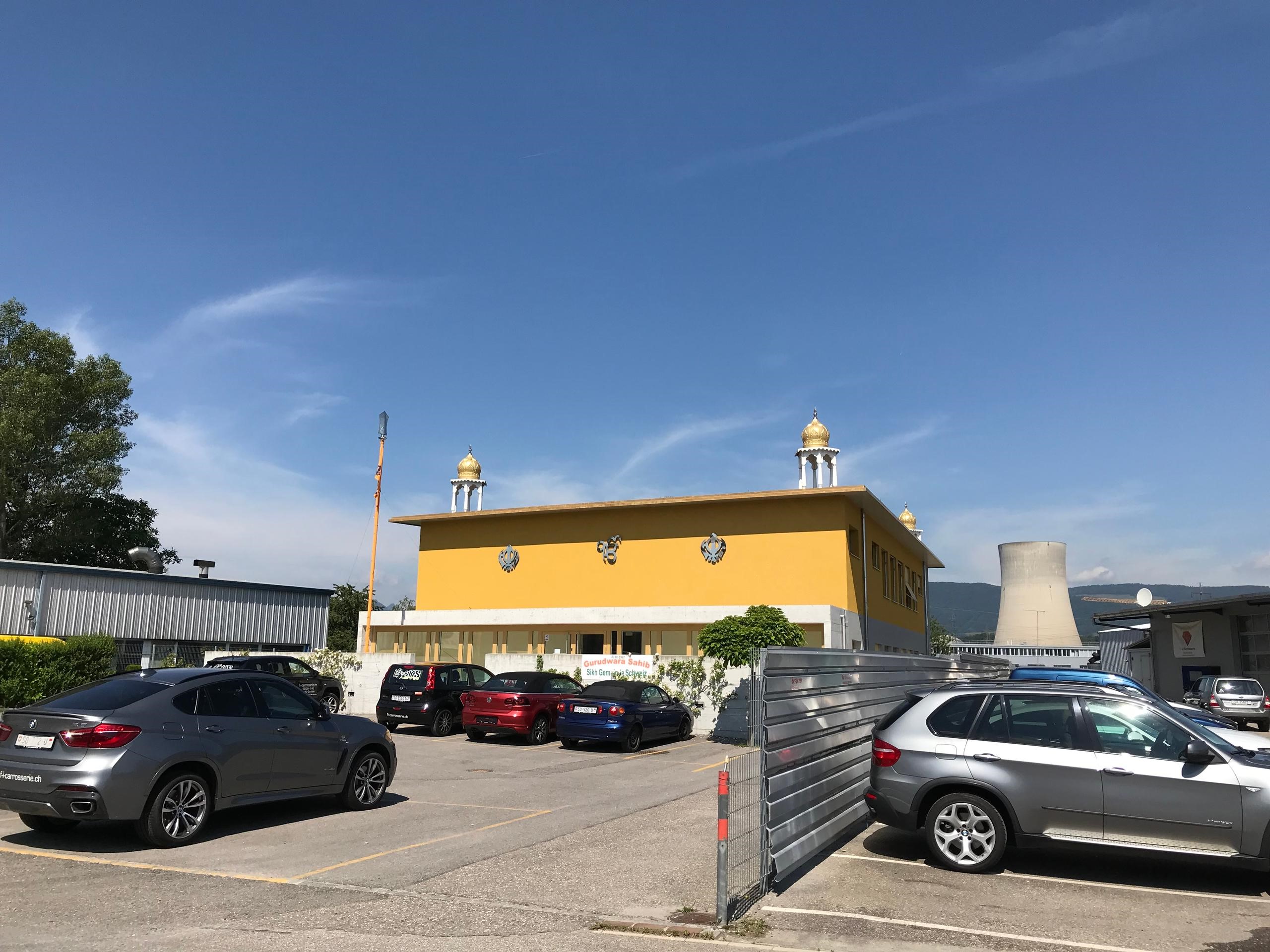
Tough start
Baumann offered the new arrivals a room in his house to pray and obtained a copy of their holy book (The Guru Grant Sahib) from England. Up to 25 Sikhs would end up at Baumann’s home for worship in the early days. The close contact with Sikhs resulted in his writing a thesis on the problems faced by the community as part of his diploma to become an educator.
“The Sikhs faced all the difficulties normally experienced by new immigrants. In addition, their distinct appearance made it tough to for them to find work or obtain a room for worship,” says Baumann.
They also ran into problems with the law due to some their religious traditions. In 1990, a court in Zurich upheld a fine issued by the police to a motorcycle-riding Sikh for not wearing a helmet (he was stopped for ignoring a red light). The turban-wearing man’s appeal to the country’s highest court against religious discrimination was dismissed on the grounds that the religion only required a head covering and not a turban per se.
The Swiss police were also not happy about the ceremonial dagger (called kirpan) that some Sikh men carried on them, especially when it was worn under clothes. Sikh men have been detained in the past under the charge of carrying a concealed weapon. However, they are not technically considered weaponsExternal link under the law, as the blade is not symmetrical, there is no automatic switching mechanism and it is not a throwing knife. Baumann collaborated with Basel community police to resolve misunderstandings.
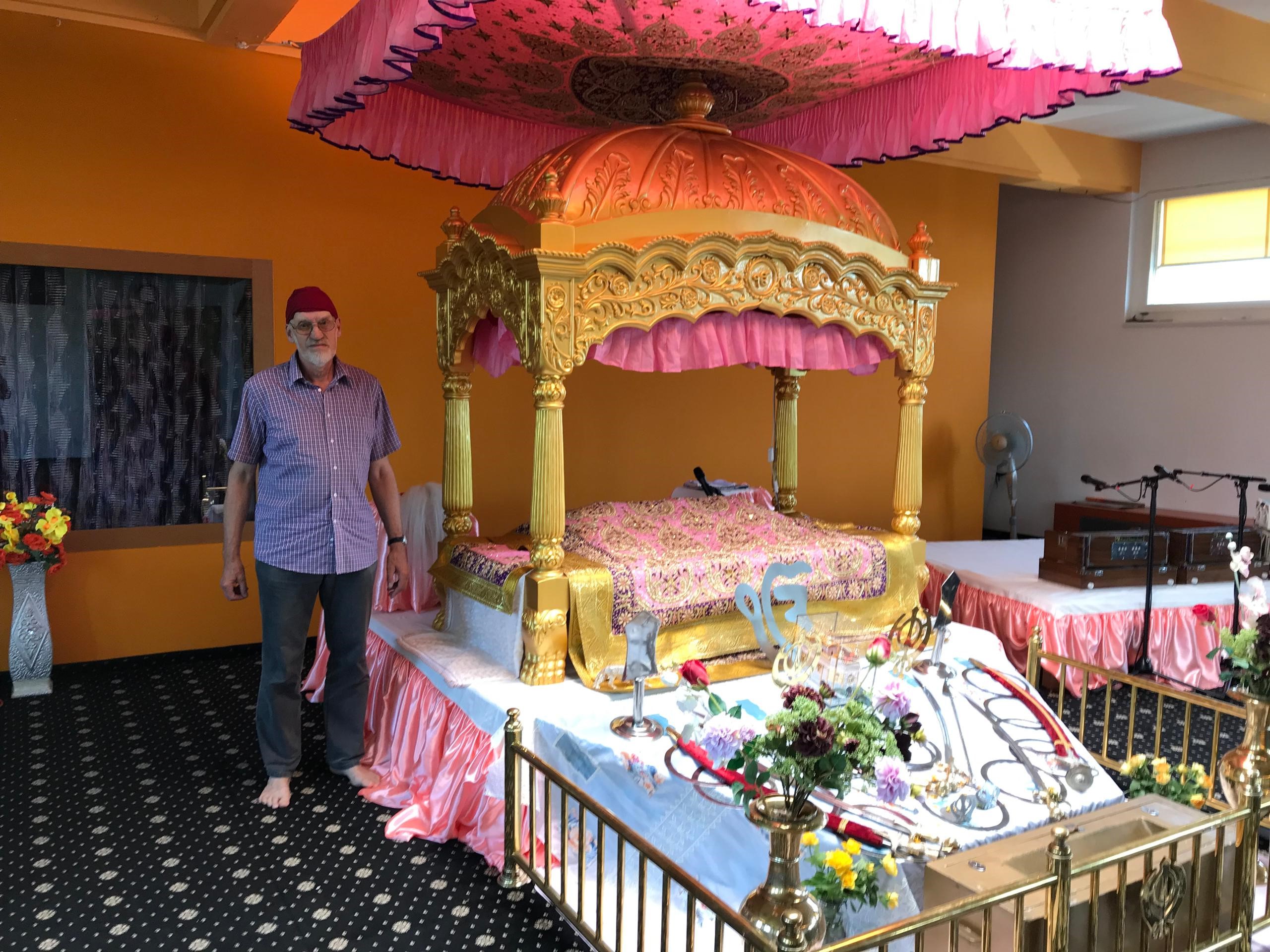
Well integrated
Baumann estimates that about a thousand Sikhs now live in Switzerland. The numbers reached their peak of 3,000 in the 1990s but then over 2,000 of those eventually emigrated to Canada or other countries.
According to Baumann, the Sikhs fit very well into Swiss society.
“Like the Swiss, the Sikhs have a strong work ethic and generally work harder than some other migrant groups,” he says.
Only a minority of Swiss Sikhs follow the religion’s traditions to the letter.
“Out of 60 men in a gurudwara you will find only about 20 wearing turbans,” says Baumann.
Open doors
According to him, Swiss Sikhs are not interested in the occasionally violent Khalistan separatist movement unlike the Sikh diaspora elsewhere. Supporters want a separate state called Khalistan carved out of the Punjab region in India and Pakistan for the Sikhs. The movement was largely financed by the Sikh diaspora.
The Swiss Sikh community is also quite active in reaching out to other groups. Sikhs are regulars at inter-faith initiatives in Switzerland like at the Interreligious Working Group in AargauExternal link and the House of Religions in Bern. The Swiss gurudwaras – in Däniken, Langenthal, Basserdorf and Geneva – are also open to all.
“Everyone is welcome to the gurudwara provided that you cover your head, take your shoes off and don’t talk politics,” says Baumann.
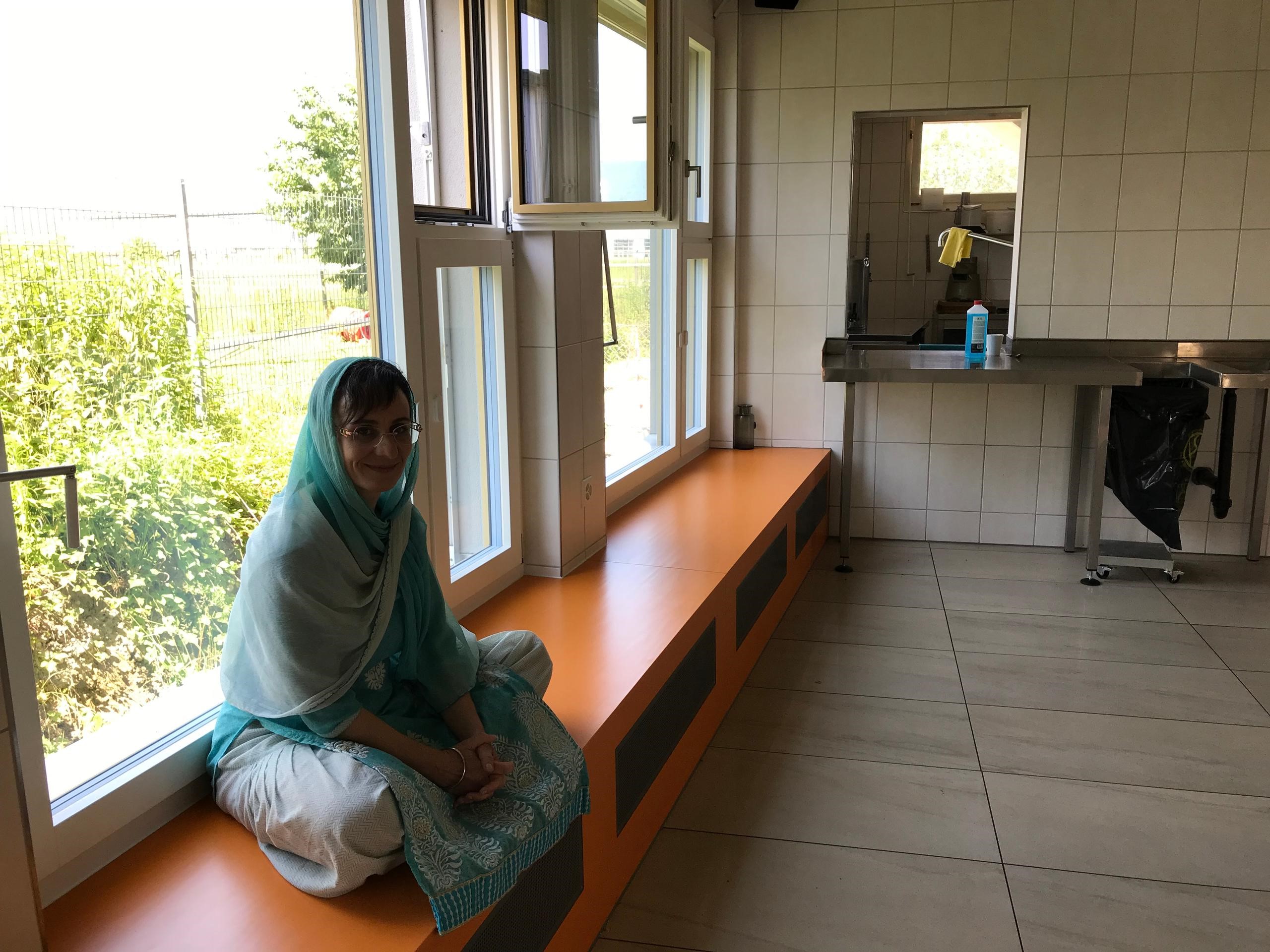
Karin Lüscher, an alternative medicine practitioner who lives nearby, regularly visits the gurudwara. Born a Protestant, she is interested in Buddhism, Hinduism and Islam. Lüscher heard about Sikhism seven years ago and first visited the Däniken gurudwara last year.
“I find a very peaceful and heart-touching energy in a gurudwara. Here the separation of men and women is much less than in other religions like Islam,” she says.
Sikhism is a religion that originated in northern India and was founded by Guru Nanak (1469-1539). Nanak saw himself as a reformer of ritual-heavy Hinduism and a static Islam. He taught an idol-free monotheism that views everyone as equals. Nanak was followed by nine more gurus, with the last being Guru Gobind Singh (1666 to 1708).
Sikhs are required to wear the “5Ks” to distinguish them from others: Kesh (uncut hair and beards), Kangha (a wooden comb worn in the hair), Kacha (special cotton underpants), Kara (steel bracelet on the arm) and Kirpan (a dagger to defend others).
At a typical service (held on Sundays in Switzerland) texts from the holy book Guru Granth Sahib are read, songs from the holy book with musical accompaniment are sung, and short speeches are given. Afterwards all those present are invited to the Langhar or public kitchen to eat a vegetarian meal prepared by volunteers.
All Sikh events are open to people of all religions, as long as they abstain from alcohol and smoking, take off their shoes and cover their head. The World Religions Database estimates that there are around 25 million Sikhs worldwide with over 80% living in India.
Source: InforelExternal link

In compliance with the JTI standards
More: SWI swissinfo.ch certified by the Journalism Trust Initiative

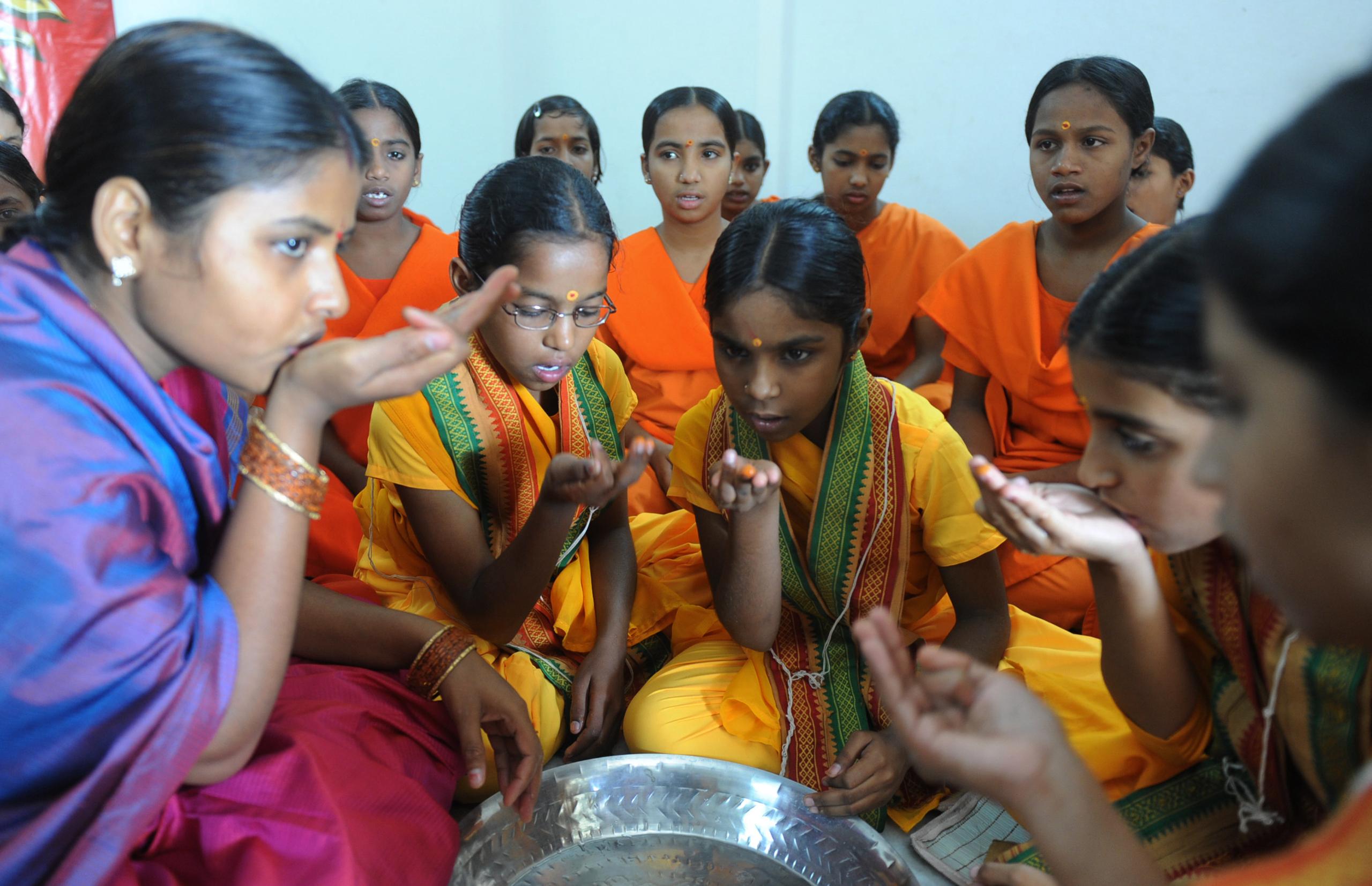
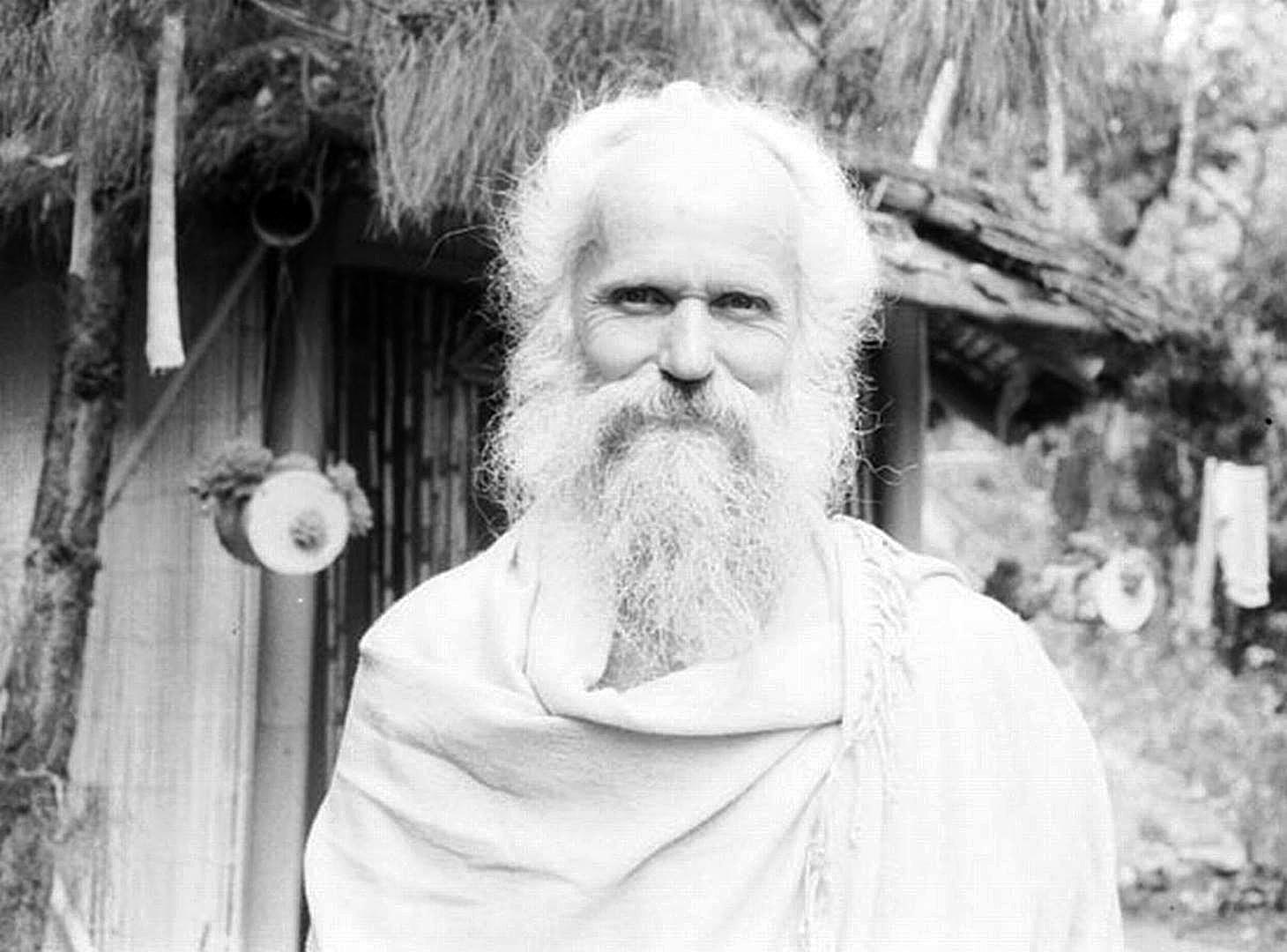
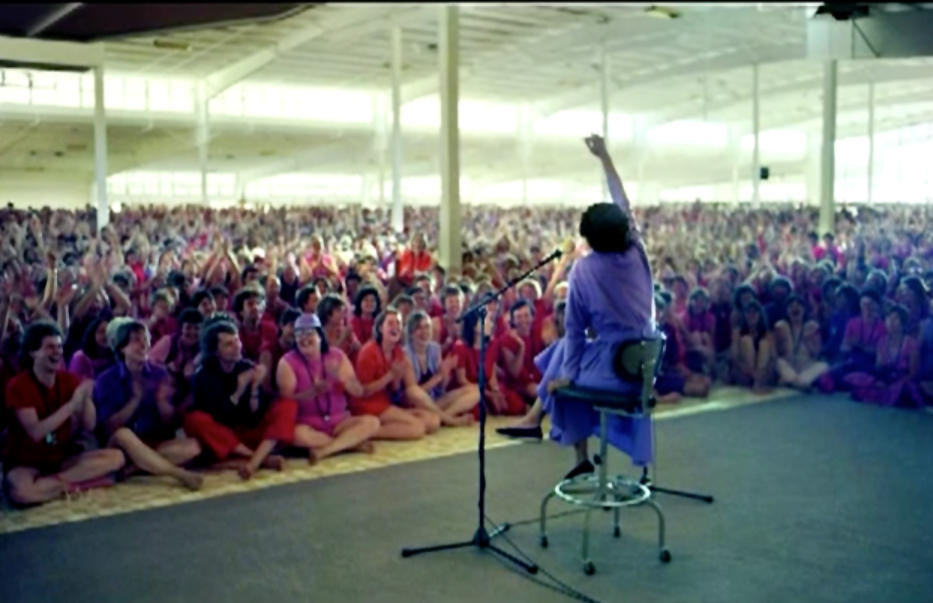
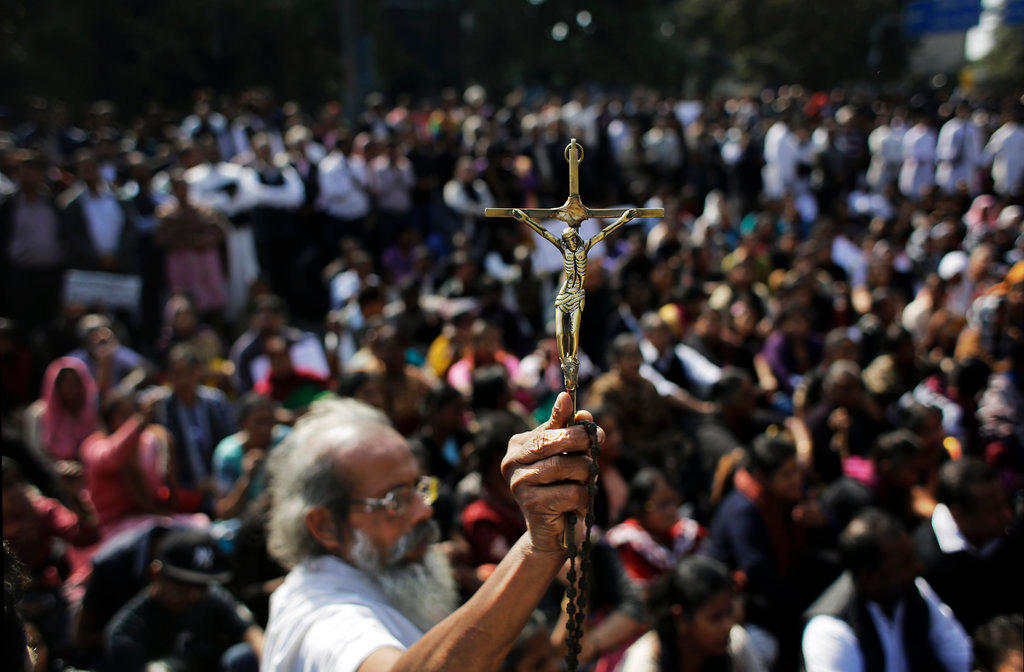
You can find an overview of ongoing debates with our journalists here. Please join us!
If you want to start a conversation about a topic raised in this article or want to report factual errors, email us at english@swissinfo.ch.